Apple has a reputation for sweating the details. Even its packaging is beautiful and carefully designed. This all came from Japan, says John Sculley.
Apple’s Meticulous Standards Come From Japan [Sculley Interview]
![Apple’s Meticulous Standards Come From Japan [Sculley Interview] Tokyo_Night](https://www.cultofmac.com/wp-content/uploads/2010/10/Tokyo_Night.jpg)
![Apple’s Meticulous Standards Come From Japan [Sculley Interview] Tokyo_Night](https://www.cultofmac.com/wp-content/uploads/2010/10/Tokyo_Night.jpg)
Apple has a reputation for sweating the details. Even its packaging is beautiful and carefully designed. This all came from Japan, says John Sculley.

As Apple prepares to show off the next big upgrade of OS X, here’s news that its Mac hardware has cracked 10% PC market share for the first time since the early 1990s.
According to market research firm Gartner, Apple had 10.4% of U.S. PC shipments in Q3, making it the fourth largest computer maker in the U.S.
Gartner didn’t even count iPads, which are a runaway hit. But they had an effect on other PC makers’ numbers. Gartner said Q3 was weak, especially in the U.S., thanks in big part to the iPad.
“Media tablet hype around devices such as the iPad has also affected consumer notebook growth by delaying some PC purchases, especially in the U.S. consumer market. Media tablets don’t replace primary PCs, but they affect PC purchases in many ways,” said Mikako Kitagawa, principal analyst at Gartner, in a statement. “At this stage, hype around media tablets has led consumers and the channels to take a ‘wait and see’ approach to buying a new device.”
Gartner’s full release below:
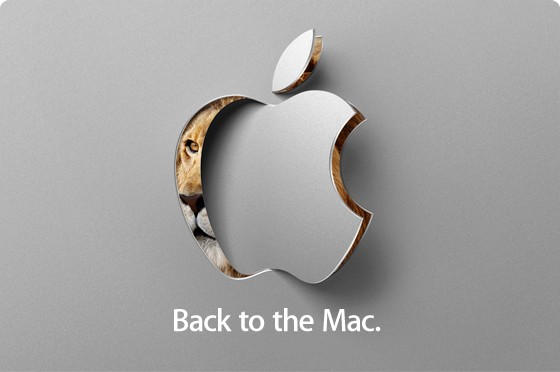
Apple is sending out invites to a special media event on October 20 to discuss the next version of OS X. Although the invite doesn’t expressly say so, the event must be about 10.7. “Back to the Mac,” the invite says, showing a lion peeking out of the Apple logo.
Surprising right? We thought it was all about iOS in Cupertino these days. But apparently the good old Mac is still alive and kicking and Steve Jobs hasn’t forgotten about it.
It won’t be the first time Apple has given a sneak peek of its operating system long before it shipped. In 2008, Apple previewed Snow Leopard at WWDC about a year before it was released.

On Thursday, we’ll be publishing an exclusive interview with ex-Apple CEO John Sculley. It’s the first time Sculley has talked publicly about Steve Jobs since he was forced out of Apple in 1993.
In the interview, Sculley reveals the secrets of Jobs’ methodology, and a few surprises:
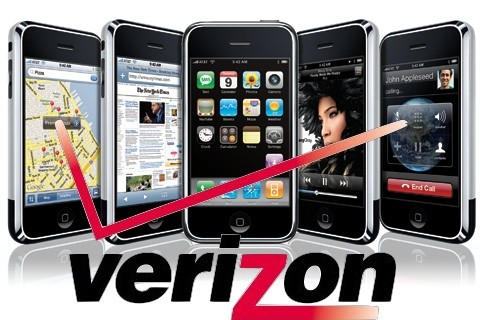
SAN FRANCISCO — Hanging out at the big CTIA cell phone convention last week, I ran into an old friend who used to work at Apple and is now a wireless consultant.
He argues that if Verizon is getting the iPhone, it won’t be until summer 2011 at the earliest. There’s two reasons why, he says:
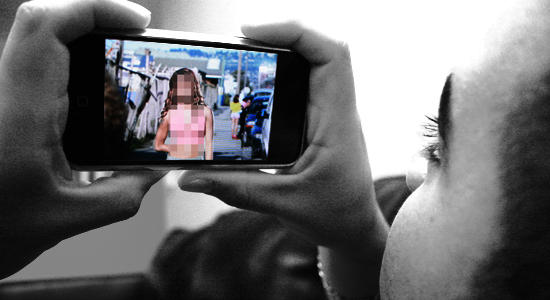
Apple has been awarded a patent for filtering objectionable text messages, better known as sexting.
The new patent, “Text-based communication control for personal communication device,” was granted on Tuesday by the U.S. Patent Office.
It describes an intelligent control unit or app that filters text messages if they contain “objectionable” content.
Designed to give parents more control over their children’s’ text messages, the system can also be set up to check spelling, grammar and punctuation. If kids grades are dropping at school, parents can block messages unless they are grammatical and free of spelling errors. Likewise, the sytem can check for foreign language words, so if the child is suposed to learning Spanish, it will only send messages that contain a minimum number of Spanish words.
Who said Apple has authoritarian tendencies?
Via iSmashiPhone. Thanks Mike!
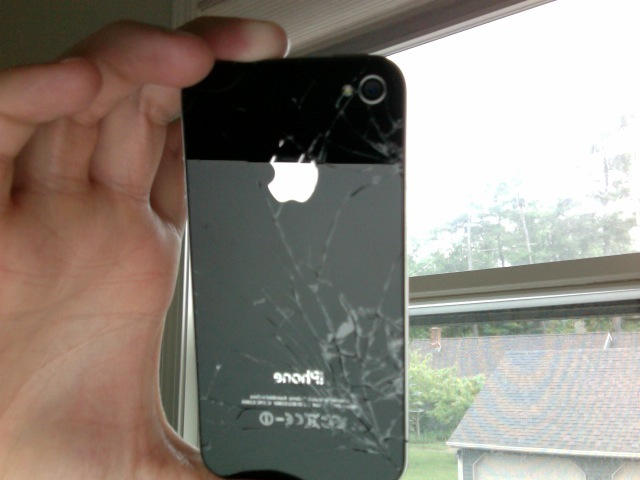
UPDATED: Added a quote form Vince Tseng, SquareTrade’s VP of marketing.
Following up on our story about Glassgate last week, an iPhone insurance company says the iPhone 4 is significantly more prone to damage than the previous model. But it also found little evidence that Glassgate is a widespread problem.
![Watch Microsoft’s Pretty Entertaining Ad For Windows Phone 7 [Video] cult_logo_featured_image_missing_default1920x1080](https://www.cultofmac.com/wp-content/uploads/2022/04/cult_logo_featured_image_missing_default1920x1080.png)
https://www.youtube.com/watch?v=EHlN21ebeak
This is the first TV advert from Microsoft for its new Windows Phone 7 — and it’s actually pretty good.
Well, it’s not embarrassingly strange and meaningless like Microsoft’s recent advertising.
Even if the ad has little to do with Windows Phone 7 per se, and more about mobile culture in general, it’s still eye-catching and engaging, which is more than can be said for the Vista ads.
What’s going on? The phones look pretty good and the advertising does too.
![Watch Microsoft’s Windows Phone 7 In Action [Videos] cult_logo_featured_image_missing_default1920x1080](https://www.cultofmac.com/wp-content/uploads/2022/04/cult_logo_featured_image_missing_default1920x1080.png)
https://www.youtube.com/watch?v=G3pHac6Otqk
Here are a selection of videos from Microsoft introducing the Windows 7 phone software and some of the different handsets. Above: New Windows Phone 7 devices available from Dell, HTC, LG and Samsung.
It’s worth watching a couple of these videos to get an idea of how the competition for mobile is heating up. If the videos present a true picture of the Windows Phone 7 experience, it looks like a credible competitor to the iPhone.
The easy customization of the Windows Phone 7 home screen — “pinning,” in Microsoft’s parlance — looks like a compelling feature. Home screen customization isn’t something you about from iPhone users — but it is a feature you hear Android users talk about a lot.
![Use Your Car Windscreen As iPad Projection Screen [Tip] OLYMPUS DIGITAL CAMERA](https://www.cultofmac.com/wp-content/uploads/2010/10/iPad_windshield_projection.jpg)
Here’s a tip for the next time you’re stuck in traffic: Turn your car windshield into a heads-up display for watching movies on an iPad.
![New Look For CultofMac.com, BuddyPress Coming [Housekeeping] cultofmac_screenshot](https://www.cultofmac.com/wp-content/uploads/2010/10/cultofmac_screenshot.jpg)
As I hope you noticed, the site has a new look.
It’s thanks to the efforts of our indefatigable designer, Craig Grannell of Snub Communications. It’s cleaner and simpler and clears the deck for a very important upgrade: BuddyPress.
BuddyPress is a WordPress plugin that adds a ton of social networking features, including extended profiles, activity streams, friend connections and groups.
Described as “Facebook in a box,” Buddypress is a like a 21-st century version of a forum. It brings a lot of the same interactivity, but cuts down on the noise and spam.
Buddypress will allow us to implement one of the longest-held ambitions of the site — making it a proper community endeavor. Among other things, it will allow you, the readers, to contribute much more to the site. You’ll be able to write about your own projects, post troubleshooting tips and advice, and recommend the products you use every day. It’ll also make it easier to find and follow the activity of your friends, follow others whose opinion you value, and share the best stories with other readers. We’ll be launching it soon.
Meanwhile, please leave any feedback about the new look (and any problems you find) in the comments. Many thanks.
![Slide-On Cases Do Cause iPhone 4 Scratches, Cracks [Poll Results] Semi_smashed_iPhone_4](https://www.cultofmac.com/wp-content/uploads/2010/10/Semi_smashed_iPhone_4.jpg)
Slide-on iPhone 4 do cause scratches and cracks on the device’s glass back, the vast majority of readers reported in a poll we ran on Friday.
Almost 75 percent of repondents said their iPhone 4 has been scratched, cracked or otherwise damaged by a slide-on case. Only 26 percent said they’d had no problems.
The poll was prompted by a report Ryan Block in GDGT that Apple is actively investigating slide-on cases before it turns into a PR disaster like Antennagate.
The results are at total surprise to me. I’d not heard of the issue before Friday, and I’ve used several slide-on cases with my iPhone 4 without problems.
Of course, online polls are far from scientific surveys. In fact, most commenters on the post report that they’ve had no problems. If you read the comments and ignore the poll, you’d get the impression that there isn’t an issue, or that trapped dirt affects all cases and all phones — not just the iPhone 4.
The results are interesting because it was unclear how widespread the issue was — it certainly didn’t seem mainstream. But as Block pointed out this morning, Apple is trying to preempt the issue before it becomes a public relations nightmare. More here: Following up on yesterday’s “Glassgate” story.
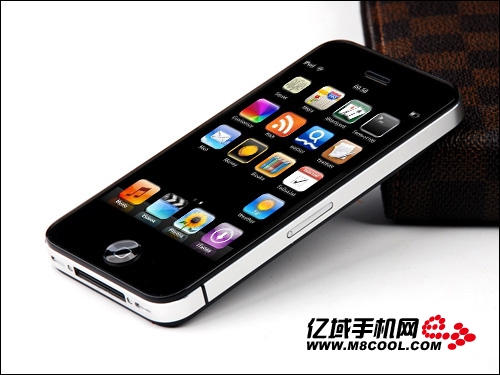
Cheap Chinese knockoffs of the iPhone 4 are a dime-a-dozen, but this new handset runs Android 2.1, Google’s ever-improving mobile OS.
It’s actually a dual-boot phone. It also runs Windows Mobile 6.5 (yuck!). It has a 3.6-inch capacitive touch-screen with multi-touch controls. It comes with 512MB of RAM and includes a 5 megapixel camera with auto-focus.
It costs about $257, which is a bargain. It might be worth looking for one of these on eBay. The ability to run Android is a game-changer for knockoffs. For the first time, the software won’t totally suck.
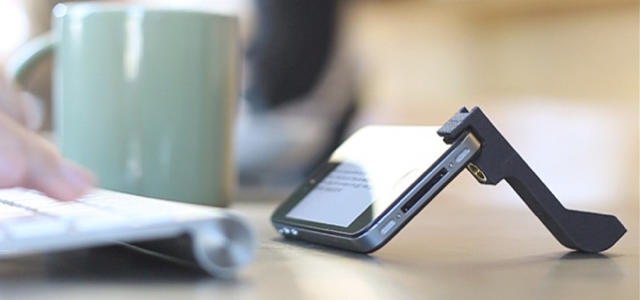
Writing for The Economist, Glenn Fleishman has a fascinating look at the design and prototyping process of Glif, an iPhone 4 tripod adapter that just raised $70,000 in two days on Kickstarter:
They started with a computer model of the adapter, created with Rhinoceros 3D design software. The software is $995 for Windows, but they used the beta test version for Mac OS X, which is free. They tested their designs through rapid prototyping, uploading files to Shapeways in the Netherlands. It took about ten days for Shapeways to “print” each prototype in 3D, and a day later it would be in the designers’ hands in New York. Shapeway charges by material volume, so each each Glif test cost about $10. They would try out a few variants each time just to meet a $25 minimum.
The Economist: An atom-based product, developed in bits
![Are Slide-On Cases Cracking Your iPhone 4? [Take The Poll] Semi_smashed_iPhone_4](https://www.cultofmac.com/wp-content/uploads/2010/10/Semi_smashed_iPhone_4.jpg)
Slide-on cases may be causing big problems for the iPhone 4, GDGT reports. It seems grit and other particles can become trapped between the case and the iPhone 4’s glass back, causing scratches, cracks and even shattering the glass. According to sources inside and outside the company, Apple has locked-down a team of engineers to investigate the problem before it turns into another PR disaster like Antennagate.
It’s unclear, however, how widespread this problem is. Or even if it is a problem. I have an iPhone 4 and have used several slide-on cases. I haven’t had issues with scratching or trapped dirt.
So, please help us, is this problem? Don’t forget, this is specifically about scratches caused by slide-on cases — not scratches in general.
[polldaddy poll=3887923]
![Check Out New iPad Cases, iPhone Chargers And $1,600 Speakers [CTIA] MobileFocus CTIA - 13](https://www.cultofmac.com/wp-content/uploads/2010/10/MobileFocus-CTIA-13.jpg)
SAN FRANCISCO, MobileFocus, CTIA — The CTIA conference is one of North America’s biggest mobile phone shows and it was dominated by Apple — even though Apple wasn’t there.
Attendees were either talking about Apple, showing off Apple-challenging products, or selling Apple-compatible accessories and add-ons.
Just check out some of new iPhone and iPad accessories below that were shown off at the MobileFocus press-and-analyst-only sneak peek on Wednesday night.
![Archos Shows Off Pair of iPad-Challenging Tablets [CTIA] Archos 7 tablet](https://www.cultofmac.com/wp-content/uploads/2010/10/MobileFocus-CTIA-03.jpg)
SAN FRANCISCO, MobileFocus, CTIA — Here at the CTIA mobile phone show, Archos is showing off a pair of brand new big-screen, low-cost tablets to challenge the iPad that have a secret weapon in the war against Apple – Adobe’s Flash.
![Energizer Debuts Charging Pad And Super Fast Charging Skin For iPhone 4 [CTIA] OLYMPUS DIGITAL CAMERA](https://www.cultofmac.com/wp-content/uploads/2010/10/MobileFocus-CTIA-01.jpg)
SAN FRANCISCO, MobileFocus, CTIA — Best known for its indefatigable bunny, Energizer launched a couple of cool charging products for the iPhone here at the CTIA mobile phone show.
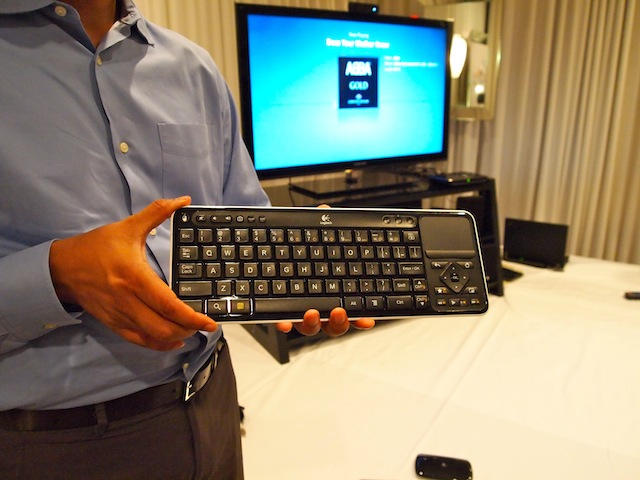
SAN FRANCISCO: Google is not to be underestimated, but sitting here watching a demo of the first Google TV, I’m not sure it has mainstream appeal.
Built by Logitech and running Google’s Android software, the Logitech Revue Google TV has definite geek appeal. It does everything: the $299 box connects to satellite and cable TV, compatible DVRs and Web video, as well as other online multimedia. You can search for content using your voice and control it with a smartphone. It has apps, HD videoconferencing, and functions as a universal Harmony remote, controlling all your home theater devices. (For a detailed breakdown of how it compares to Apple TV, see here)
But there’s no way my mother will go for it.
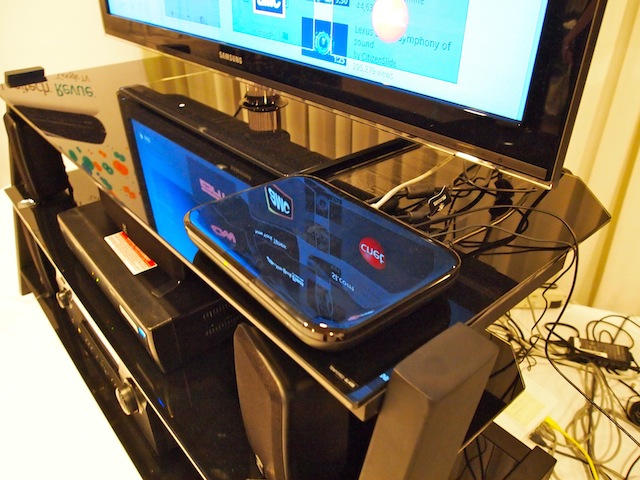
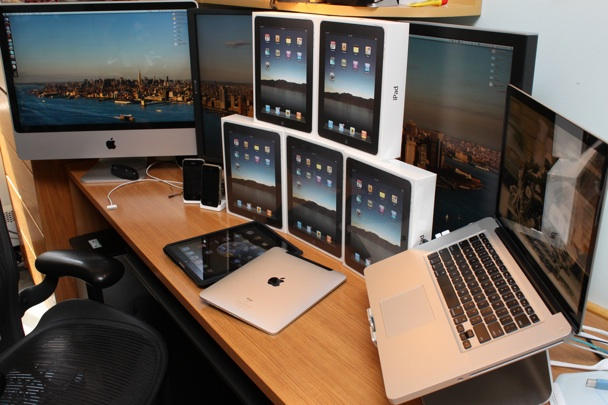
The iPad is set to become the fastest selling consumer electronics product in history, with initial sales running at three times that of the current record holder: the DVD player.
“The iPad did not seem destined to be a runaway product success straight out of the box,” retail analyst Colin McGranahan of Bernstein Research wrote in an investors’ note. “By any account, the iPad is a runaway success of unprecedented proportion.”
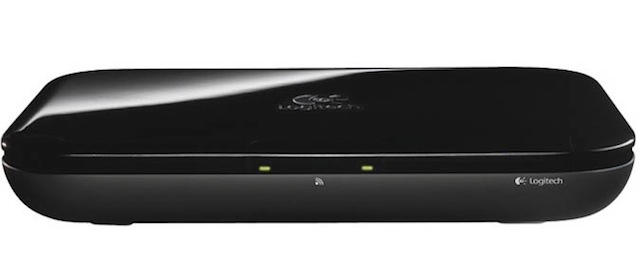
Hot on the heels of the new Apple TV , Google is launching its own set-top box next week.
Made by Logitech, the Android-based will be unveiled next Wednesday October 6 at press events in San Francisco and New York (see the invite below).
Like Apple’s device, the Google TV is black, although it’s quite a bit larger than Apple’s diminutive box (see David’s photos comparing it to the old Apple TV). The Google TV will run on a 1.2-GHz Atom processor with 4 GB memory, 802.11n Wi-Fi, two HDMI-out ports, Dolby 5.1 surround sound and a pair of USB ports. It will also offer video-chat at 720p if you connect a webcam.
It promises an innovative search-based interface. Search for what you want, and it displays content from the Web, cable, satellite and compatible DVRs. Here’s a trailer showing how it works:

https://www.youtube.com/watch?v=25X8yD0SCpM
Check out Steve Wozniak’s fun cameo on The Big Bang Theory last night. There’s actually a couple of good jokes.
![Check Out This Horrific iPhone Umbilical Charging Cord [Video] cult_logo_featured_image_missing_default1920x1080](https://www.cultofmac.com/wp-content/uploads/2022/04/cult_logo_featured_image_missing_default1920x1080.png)
Yuck — it even moves. By Mio I-zawa.
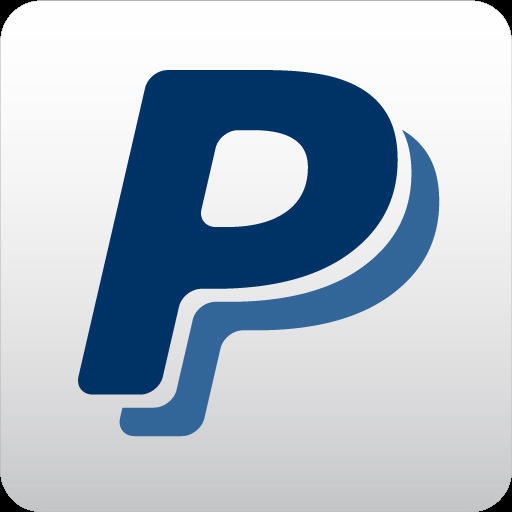
Paypal is about to release a new version of its iPhone app that will allow users to deposit checks simply by taking its picture.
It’s a killer idea and super convenient. Just take a picture of the front and back of a check with your iPhone’s camera, and it will be added to your PayPal account. The new version of the Paypal app will be released in the next day or so, PayPal’s Laura Chambers revealed on Wed. at the TechCrunch Disrupt conference in San Francisco.
Depositing checks by cell phone camera has been implemented by a couple of banks already. USAA Bank was the first to launch mobile depositing capability, followed by Chase. Citibank and Bank of America have similar systems in the works.
![Sonos + iPad App Makes An Awesome Stereo [First Look] cult_logo_featured_image_missing_default1920x1080](https://www.cultofmac.com/wp-content/uploads/2022/04/cult_logo_featured_image_missing_default1920x1080.png)
The video above is a first look at Sonos’ brand new app for the iPad, which makes for an awesome multi-room stereo system.
Paired with a couple of Sonos’ S5 players, the iPad app makes it easy to play music from your computer’s iTunes library, as well as a ton of online sources, including thousands of Internet radio stations and streaming services like Pandora and Last.fm.
Released last night, I’ve been playing with the app all morning and I’m delighted with it. I haven’t got this much kick out of audio gear for a long time. Sonos’ S5 speakers cost $400 each and sound great.